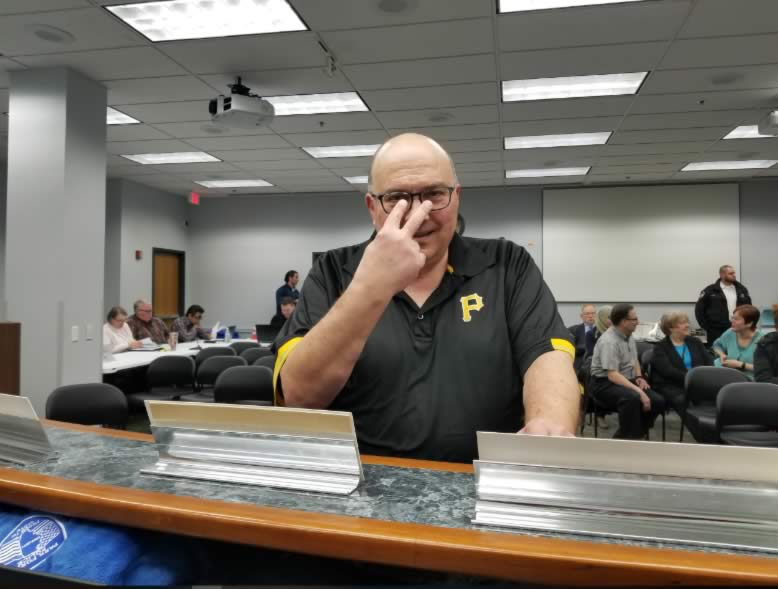
Expert Advisory Board Recommends Adding Opioid Use Disorder for Medical Cannabis in New Mexico
SANTA FE, New Mexico —(ENEWSPF)–November 4, 2016. Today pain specialists, people recovering from addiction, community members, and drug policy reformers joined together to call for the inclusion of medical cannabis in New Mexico’s response to heroin and opioids. State lawmakers Representative Debbie Armstrong and Senator Jerry Ortiz y Pino also submitted letters supporting the call.
New Mexico has had the highest drug overdose death rate in the nation for most of the last two decades. The number of overdose deaths involving opiates or heroin has nearly doubled since the year 2000. In 2014, 547 New Mexicans died of a drug overdose. In fact, drug overdose killed more New Mexicans than firearms, motor vehicle crashes, and falls.[i]
“I am trying to save my hometown and my state with something that works,” said Anita Briscoe, M.S., A.P.R.N.-B.C, “As a medical practitioner I’ve seen evidence over the years of medical cannabis working to help people stop or reduce opioid use. We have to make this option accessible to prevent needless deaths and patient suffering. Our communities are broken and in desperate need responsible solutions.”
In the midst of the opioid crisis, lawmakers and the media have increasingly highlighted strategies that treat drug use as a public health issue. But despite the rhetoric, the overwhelming emphasis of New Mexico drug policy remains on criminalization, and deaths from opioid related drug overdose continue to rise. Research has shown that medical marijuana is not only an effective pain treatment, and it can also reduce the use of opioids as well as the number of opioid-related overdose deaths.
States with medical marijuana laws are associated with a significant reduction in mortality from opioid abuse; these states saw a 25 percent reduction in opioid overdose deaths, compared to states without such laws, resulting in 1,700 fewer deaths in 2010 alone.[ii] substance abuse admissions and opiate overdose deaths.[iii] Similarly, another recent report by Castlight Health, an employee health benefits platform provider, found almost double the rate of opioid abuse in states that did not permit access to medical marijuana. Specifically, in those states, 5.4 percent of individuals with an opioid prescription qualified as abusers of the drug, whereas only half or 2.8 percent of individuals with an opioid prescription living in medical marijuana states qualified as opioid abusers.[iv] Used in combination with opioid pain medications, marijuana can lower opioid side-effects, cravings and withdrawal severity as well as enhance the analgesic effects of opioids[v], [vi], thereby allowing for lower doses and less risk of overdose.[vii]
“The bottom line is making medical cannabis accessible to New Mexicans who are dependent on opioids for pain management or who are struggling with opioid or heroin use will save lives,” says policy coordinator Jessica Gelay. Drug Policy Alliance has been calling for public health solutions to address the epidemic of drug overdose death rates for years, and medical cannabis as harm reduction and as a tool to reduce overdose deaths makes good sense.
The right to use medical cannabis was approved in 2007 when the Lynn and Erin Compassionate Use Act was signed into law by then-Gov. Bill Richardson. Since 2007 patient participation in the program has grown steadily and today more than 33,000 New Mexicans are actively enrolled and able to access safe medicine, often when nothing else works.
###
[i] New Mexico’s Drug Overdose Death Epidemic: Understanding the Problem and Finding a Way Out of the Crisis, Drug Policy Alliance (2016)
[ii] Bachhuber, M. A., Saloner, B., Cunningham, C. O., & Barry, C. L. (2014). Medical marijuana laws and opioid analgesic overdose mortality in the United States, 1999-2010. JAMA internal medicine, 174(10), 1668-1673.
[iii] Powell, D., Pacula, R. L., & Jacobson, M. (2015). Do Medical Marijuana Laws Reduce Addictions and Deaths
Related to Pain Killers? (No. w21345). National Bureau of Economic Research
[iv] Castlight Health. (2016). Report: The Opioid Crisis in America’s Workforce. Retrieved from: http://www.castlighthealth.com/typ/the-opioid-crisis/
[v] Boehnke KF, Litinas E, Clauw DJ, Medical cannabis associated with decreased opiate medication use in retrospective cross-sectional survey of chronic pain patients, Journal of Pain (2016), doi: 10.1016/j.jpain.2016.03.002.
[vi] Ware, M.A., Doyle, C.R., Woods, R., Lynch, M.E., Clark, A.J. (2003). Marijuana use for chronic non-cancer pain: results of a prospective survey. Pain, 102(1-2):211-6.
[vii] Marijuana and Opiates, Drug Policy Alliance (2016).
Source: http://drugpolicy.org








